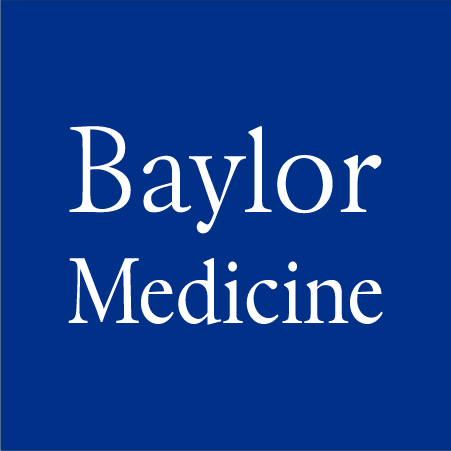Language
English
Publication Date
8-22-2024
Journal
Cell
DOI
10.1016/j.cell.2024.06.011
PMID
38971152
PMCID
PMC11707800
PubMedCentral® Posted Date
1-8-2025
PubMedCentral® Full Text Version
Author MSS
Abstract
We identify a population of PRTG+ve MYChigh NESTINlow stem cells in the four-week-old human embryonic hindbrain that subsequently localizes to the ventricular zone of the rhombic lip (RLVZ). Oncogenic transformation of early Prtg+ve rhombic lip stem cells initiate Group 3 Medulloblastoma (Gr3-MB)-like tumors. PRTG+ve stem-cells grow adjacent to a human specific interposed vascular plexus in the RLVZ, a phenotype which is recapitulated in Gr3-MB, but not other types of medulloblastoma. Co-culture of Gr3-MB with endothelial cells promotes tumor stem-cell growth, with the endothelial cells adopting an immature phenotype. Targeting the PRTGhigh compartment of Gr3-MB in vivo using either the diphtheria toxin system, or chimeric antigen receptor T-cells constitutes effective therapy. Human Gr3-MBs likely arise from early embryonic RLVZ PRTG+ve stem cells inhabiting a specific perivascular niche. Targeting either the PRTGhigh compartment, and/or the perivascular niche represents an approach to treat children with Gr3-MB.
Keywords
Humans, Medulloblastoma, Animals, Neoplastic Stem Cells, Mice, Rhombencephalon, Cerebellar Neoplasms, Endothelial Cells, Stem Cell Niche, Stem Cells, Coculture Techniques, Embryonic Structures, Metencephalon, Rhombic lip, cancer genomics, perivascular niche, Group 3 medulloblastoma, brain tumor immunotherapy
Published Open-Access
yes
Recommended Citation
Visvanathan, Abhirami; Saulnier, Olivier; Chen, Chuan; et al., "Early Rhombic Lip Protogenin+ve Stem Cells in a Human-Specific Neurovascular Niche Initiate and Maintain Group 3 Medulloblastoma" (2024). Faculty and Staff Publications. 2593.
https://digitalcommons.library.tmc.edu/baylor_docs/2593


